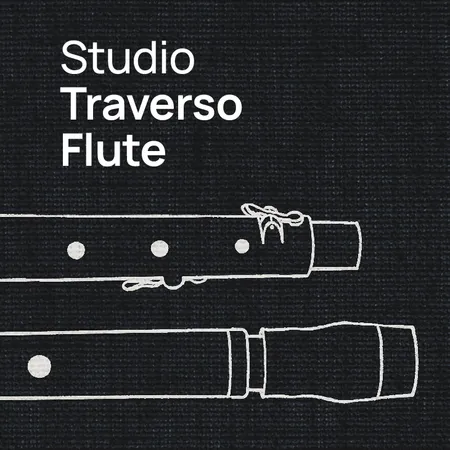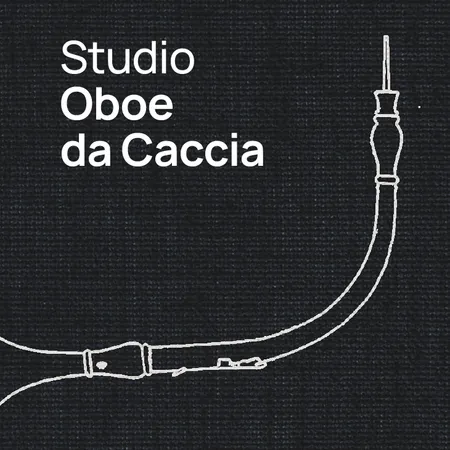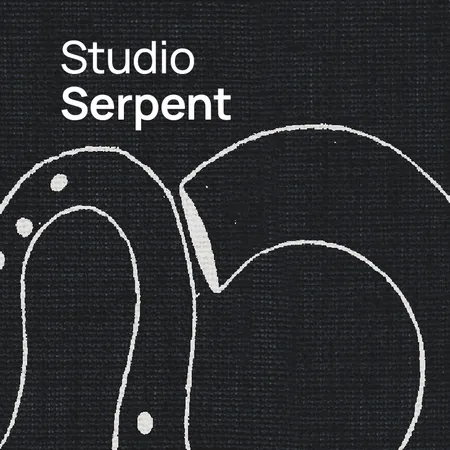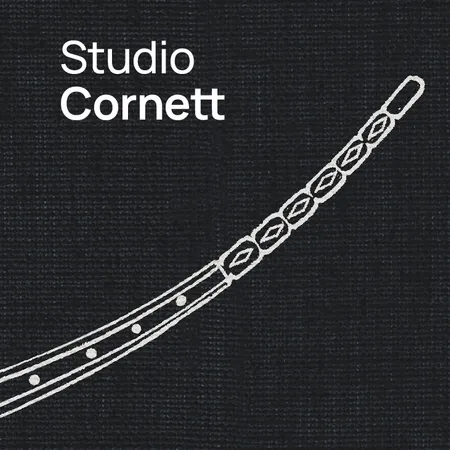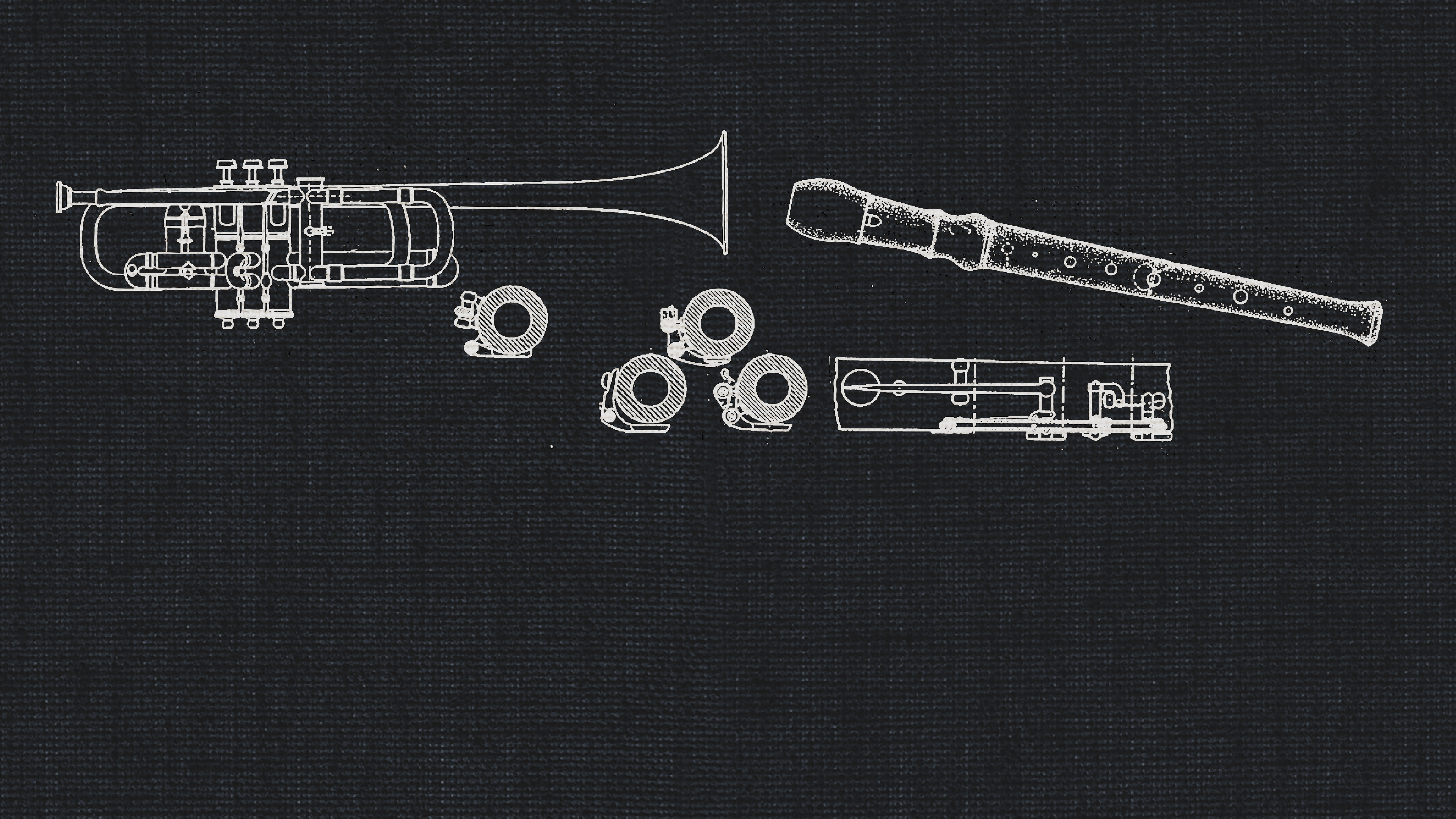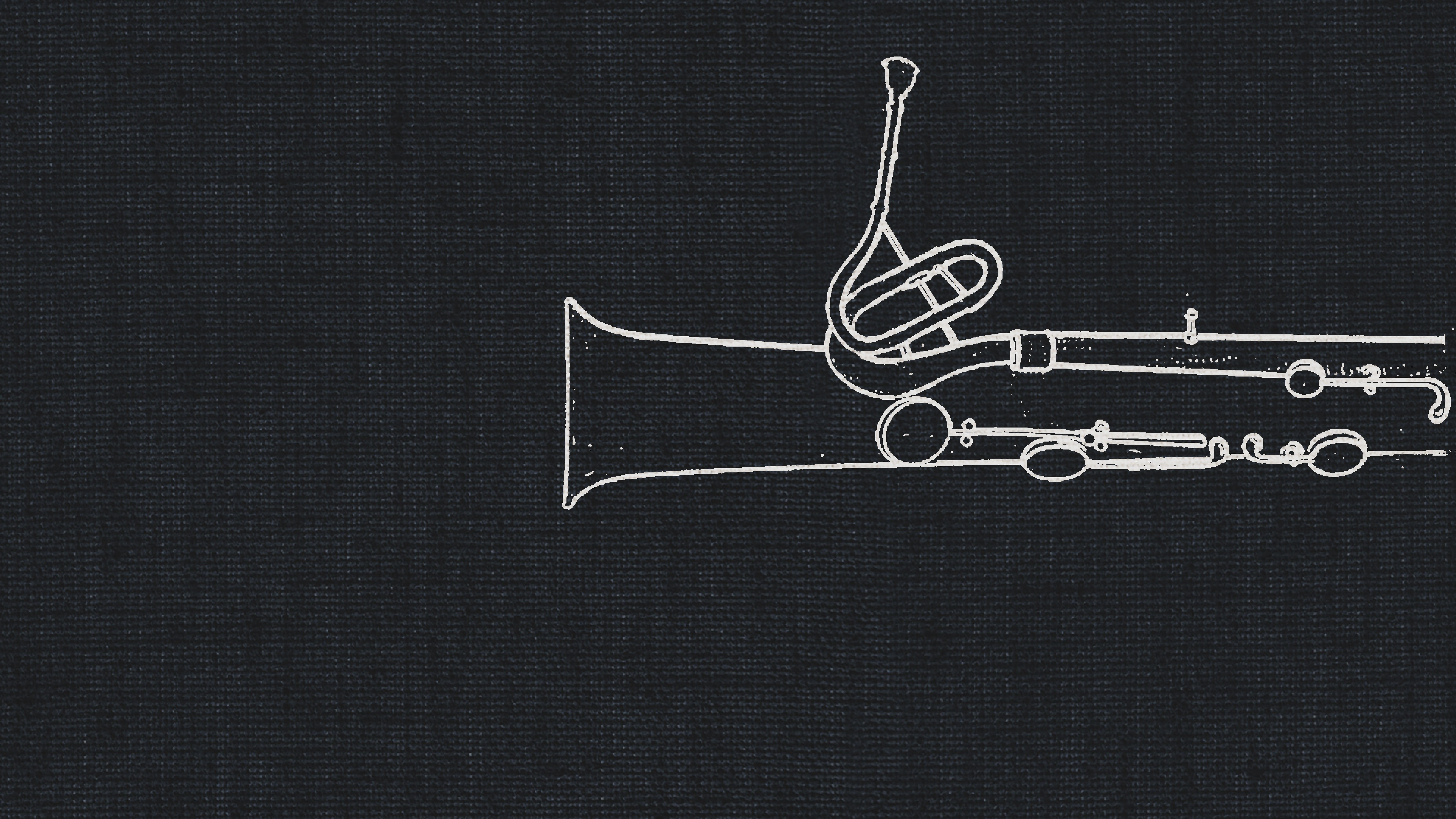
Studio Ophicleide
Ophicleide
The ophicleide is a conical-bore brass instrument belonging to the bugle family that is similar to the tuba. It replaced the serpent that was considered outdated in the Romantic orchestra. The instrument was recorded in the relatively dry and controlled environment of our second studio, the Silent Stage, and offers all typical articulations.
Overview
Short and long notes, dynamics, legato, repetitions
Recorded at Silent Stage
Mixer Presets for authentic placement at Synchron Stage Vienna
Switch off internal reverb for placement in any virtual acoustic environment
Audio Demos
Data Size
System Requirements
Minimum:
Windows 10 (latest update, 64-bit), Intel Core i3 or AMD Athlon 64 X2
macOS 10.14 Mojave (latest update), Intel Core i3
7200 rpm hard drive (HFS+, APFS or NTFS formatted)
8 GB RAM
iLok Account and iLok License Manager for license activation on a physical iLok 2/iLok 3 key or in an iLok Cloud Session (the iLok Cloud requires a constant internet connection!)
Free storage space: 2 GB
Recommended:
Windows 11 (latest update), Intel Core i5/i7/i9/Xeon
macOS 13 Ventura (or higher), Intel Core i5/i7/i9/Xeon/M1/M2
16 GB RAM
SSD (M2, SATA 6 or USB3/3.1, UASP Support - HFS+, APFS or NTFS formatted)
AU/VST/VST3/AAX Native compatible host
88 key master keyboard

